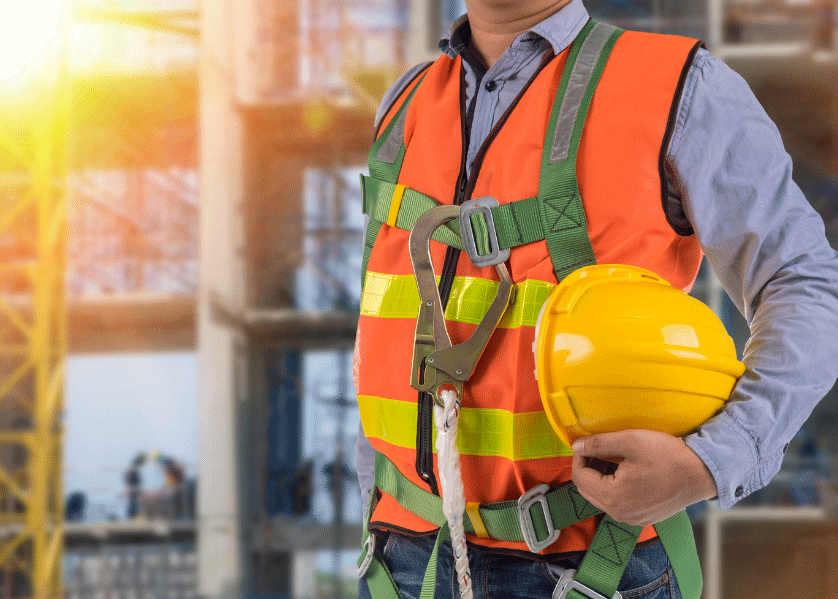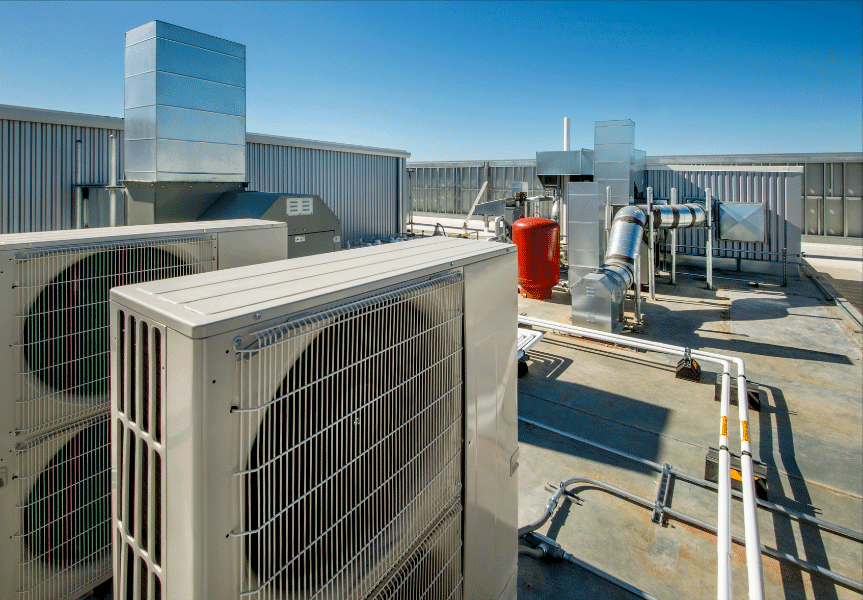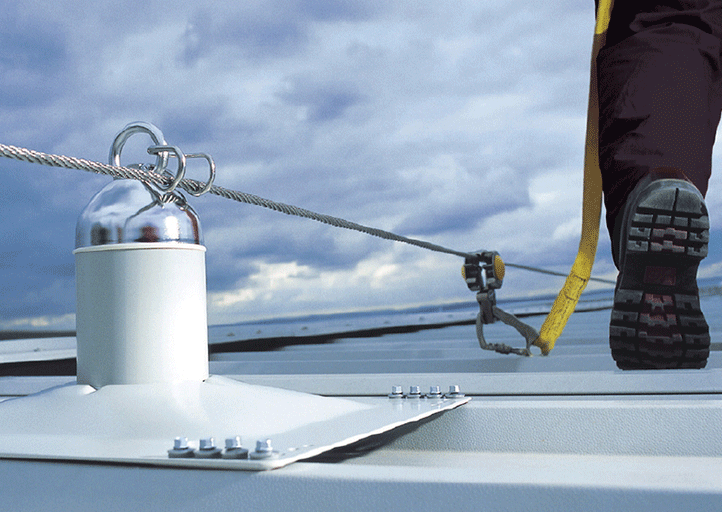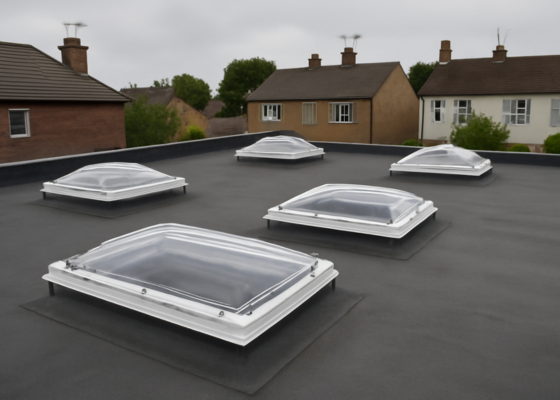As we enter 2024, many building owners and FMs are drawing up a list of maintenance work needed this year. But before you dive into your to-do lists and action plans, pause for a moment and ask yourself a fundamental but crucial question:
“Can I ensure the safety of those working on my roofs?”
One crucial aspect of safety that is often overlooked is the maintenance of roofs and equipment on them. So, if your answer to our question is ‘No,” you need to put measures in place to protect people working on your roofs throughout the year.
Falls from height are a leading cause of injuries and deaths among contractors in the UK. But they can be prevented with proper safety measures, equipment and training.

Think about safe maintenance on your roofs
Maintenance work on roofs, whether to the roof itself or equipment on the roof, requires attention to detail, expertise and a commitment to safety. Before allowing anyone onto your roofs, it’s essential to evaluate whether they can access and carry out tasks in complete safety.
So here are 5 simple measures to put in place before you allow people to carry out roof work or maintenance of any equipment on your roofs.
1. Fall Protection Equipment: Make sure you have systems to protect people working on your roofs. When deciding what system is needed, follow the Work at Height Hierarchy of Control. If work at height cannot be avoided, installing collective protection as guardrails is the best option. These provide a physical barrier at the roof’s edge or around risks, reducing the risk of accidental falls and enhancing.
2. Check Your Ladders and Access Points: Ensure that the ladders used to access your roof are in good condition, properly secured and can safely reach the roof. Verify that any access points are secure, well-maintained and clear of clutter or debris that could cause a slip or trip.

3. Personal Protective Equipment: Anyone working on your roof should have the necessary protective equipment (PPE), including hard hats, non-slip footwear, harnesses and lanyards for fall arrest and restraint systems.
4. Training and Certification: Ensure that individuals carrying out maintenance tasks at height on your roof are sufficiently trained and experienced. Knowledge of safety protocols and emergency procedures such as rescue is crucial. Check that all contractors accessing your roofs possess the relevant certificates, demonstrating their competency to work at height and carry out their contracted tasks.
5. Clear Communication: Open communication between all parties is vital to ensure work can be carried out safely. Have a transparent conversation with the individuals

Make safe maintenance a priority in 2024
As you put your maintenance plans in place for 2024, safety must always come first when working at height. By evaluating accessibility, enforcing stringent safety measures and installing fall protection equipment such as guardrails, you can ensure that your maintenance work is effective and safe.
Let’s all work together to help prevent fall from height injuries and fatalities and prioritise safety in 2024.


